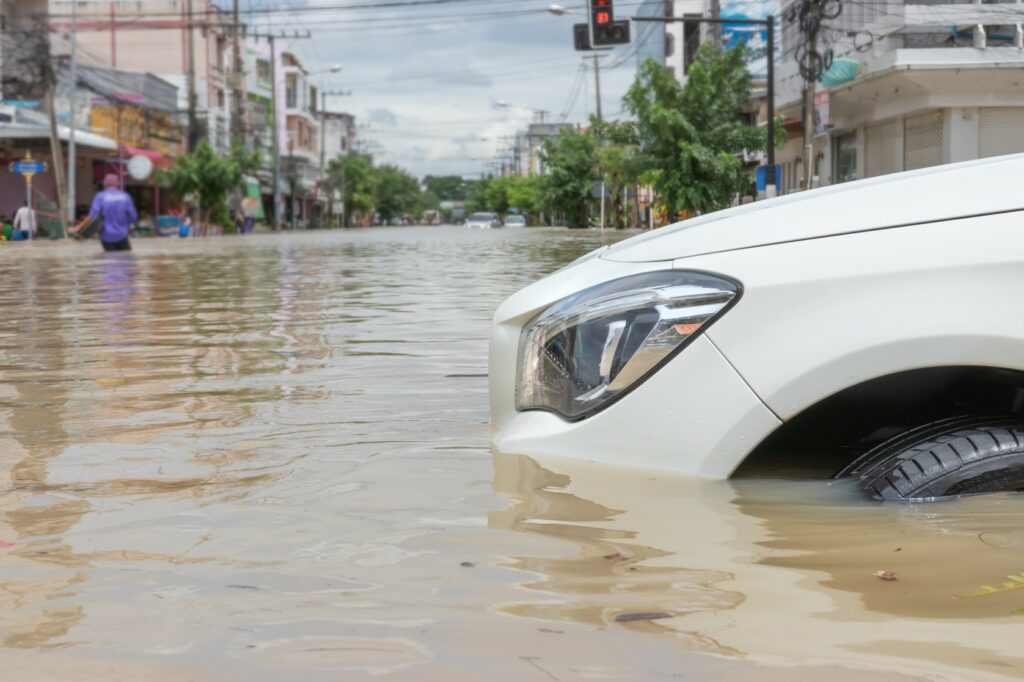
Heavy Rain, Flooding, and Chance of Severe Weather Staring Down the Southern U.S.
January 22, 2024
Posted: August 6, 2022 7:40 am





Flooding occupies a unique niche among disaster scenarios because it can occur quickly, and no region has immunity from flood consequences. Hurricanes and tornadoes cost Americans about $17 billion annually according to the Federal Emergency Management Agency. This weather phenomenon actually causes 88 deaths each year, and the numbers are rising.
Flooding ranks as the most common natural disaster because they can occur any time of year without much notice. Global warming has increased the severity of thunderstorms, and even landlocked desert areas can receive devastating flood damage in just a couple of hours of heavy rain. Rainfall doesn’t cause all types of flooding: snow melt causes a surprising amount of damage.
Some of the more surprising facts about flooding include the following:
Climate change has increased the heaviest downpours by 20% over the last 50 years. This change alone will increase the nation’s floodplains by 40% to 45% over the next century.
Flooding can result from natural and structure-related failures like storm surges, coastal storms, snow melt, overflowing dams or failure of a dam or levee. Sudden flash floods always threaten life, and even 6 inches of fast-moving water can knock a person to the ground. One critical protective measure is to activate weather-related alerts and pay attention to them.
After receiving a flood warning, it’s safest to move your family to higher ground unless you live somewhere in a high-ground location. However, once flooding turns into a flood-related emergency, you shouldn’t travel unless ordered to evacuate.
If you receive an Emergency Alert System warning, follow any advice suggesting evacuation or moving to higher ground. Do not attempt to drive around any barriers because they were installed for keeping vehicles out of the area. It’s safest to avoid bridges that run over water because the water could rise suddenly and sweep your car away.

You should also avoid driving through high water even if you think it won’t be dangerous. One foot of moving water can lift a car, and you should stay inside the car if that happens. If water begins to rise inside the vehicle, you should get on the car’s roof.
Flood safety tips include recognizing dangerous situations and protecting priceless family mementos. Don’t wade through water, which could have dangerous debris. Once indoors, move to the highest area of your home, but don’t get trapped in an area with no exit.
Safety tips for flood survival include:
You can reduce the risks of flash floods, which anyone can experience. One of the lesser known facts about floods is that 8 of 10 floods take place in areas away from the coast. Even deserts can flood from heavy rains, which are becoming more common because of global warming.
Spread the word. Did you find this useful? Feel free to bookmark or post to your timeline for reference later!

January 21, 2024

January 19, 2024

January 18, 2024